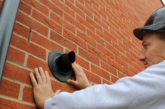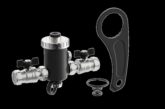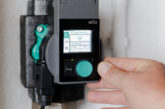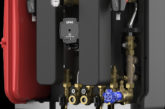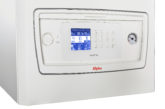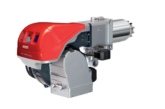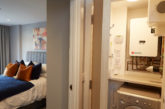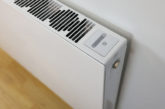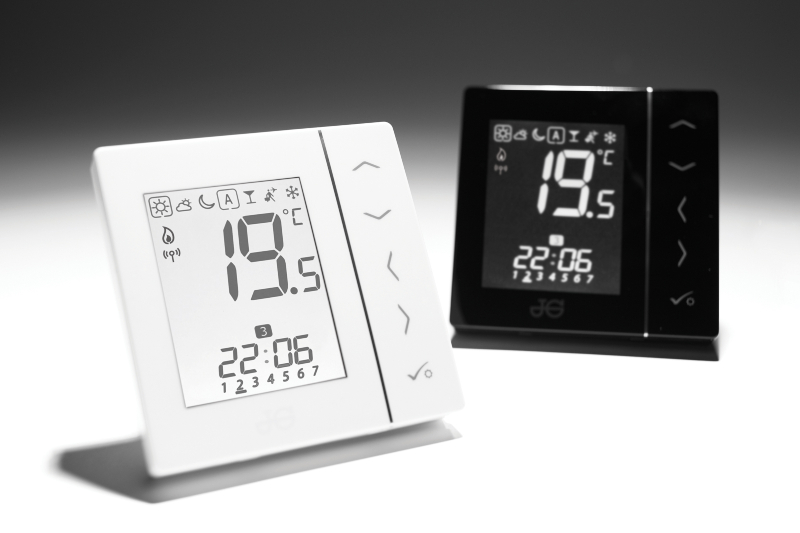
Winter can create many different plumbing and heating issues that can be highly damaging and costly. Nigel Sanger, Divisional Director Technical Support at RWC UK, looks at what installers can do to prevent these problems from happening.
It’s turned out to be a cold winter so far with much of the UK being hit with snow and subzero temperatures at some point over the last few months. Traditionally, this is the season where installers receive an increasing number of emergency callouts to fix broken plumbing and heating systems.
Problems can include frozen pipework to ineffective heating. Here are three ways to winterproof plumbing and heating systems from costly remedial works, while bringing comfort for homeowners during the colder months.
Reduce the risk of pipework freezing
When the temperature drops, there is a significantly higher chance that pipework in the home can freeze and cause pipe bursts. According to the Association of British Insurers (ABI), £194 million was paid out to help homeowners deal with burst pipes in the first quarter of 2018, due to bad weather. This can cause major damage and impact the performance of hot water and central heating systems when they are needed the most.
Frozen pipes can be easily avoided though, and systems can be futureproofed for all seasons if plumbing contractors keep these six Ps in mind when carrying out the initial installation: preparation, pressure, placement, protection, prevention and programming.
First, think about pressure, preparation and placement. Whether it’s preparing for a new build or retrofit installation, pipe layouts should be carefully considered. Best practice is to avoid placing pipes in rooms that are prone to getting cold, such as lofts or basements. This is because if the water in the pipes freeze, the expansion from freezing creates internal pressure which can cause them to burst.
Next, look at protection and prevention. If pipes do need to be placed in lofts, basements or other areas that will be susceptible to freezing, then protect them appropriately by lagging them. Installers can also prevent water freezing in unoccupied new builds by draining the pipes when bad weather is forecast, and also advise homeowners to do the same. This is particularly important for external taps that are exposed to plummeting temperatures.
Finally, consider programming and smart heating controls to keep pipes warm at all times. As SSE advise, thermostats should be set at 12-15℃ when the property is unoccupied to prevent internal pipes from freezing. Solutions such as JG Aura can help deal with these concerns when the properties are left vacant. The system enables homeowners to manage their thermostats remotely via an app to ensure they are keeping their heating systems safe even when they are away.
Use anti-freeze with UFH installations
Another area that needs winterproof planning is the installation of underfloor heating (UFH). These projects can span over weeks and even months, and it’s not uncommon that UFH pipework is installed and screed is laid months before the property is actually ready for use.
If the UFH pipework in the screed is subject to subzero conditions while the rest of the project is being completed, the water in the pipes can freeze. This runs the risk of the pipework weakening and splitting as the water expands upon freezing. Often, this problem may not be detected until much later, when the flooring is already down and the UFH is being used by the homeowners, which can result in costly remedial work.
However, if it is known that the UFH system could be exposed to freezing temperatures, then installers can easily avoid this by adding antifreeze to the water in the pipework. Once the winter has passed, this water can be flushed out of the system and replaced.
Smart heating controls
Fuel poverty is a very real issue and can have a significant impact on people’s quality of life. One solution that can combat fuel poverty is smart heating controls that enable homeowners to heat up specific rooms rather than the whole house.
Traditionally most UK homes would have one thermostat to control the heating of the entire house. This results in energy wastage and increased heating bills as not all rooms are used at the same time.
Smart heating controls, such as JG Aura, can control both UFH and radiators through a single controlling system via its wireless thermostats and TRVs (Thermostatic Radiator Valves).
These can be programmed to deliver desired temperatures in certain rooms, at specific times throughout the day. The heating can be controlled either from a smartphone app or directly through the thermostats and helps cut fuel bills by up to 30%.
While there’s an initial up-front cost of installing smart heating controls, the energy savings over the years pay for the technology. And, when it comes to infrastructure disruption for carrying out the installation, systems such as JG Aura can be fitted wirelessly, limiting the hassle of carrying out re-wiring work.
Beat the winter blues
Most problems that come with the winter season can be avoided with careful planning and the use of smart technology. By adopting best practice and the latest technology, installers can ensure they help prevent water and energy wastage to build greener and sustainable homes too. This also ensures homeowners have comfortable, warm and safe winters.


